Improve business model to create new revenue streams
Amid declining advertising revenues and rising production costs, global news organizations are looking for innovative business models to stay afloat. Some news and media organizations around the world have taken advantage of the digital space to innovate content, generate revenue, sustain operations and grow.
The journalism industry is known to be a profitable industry and a spearhead of many countries’ economies. However, the digital age has created a major challenge as information has gone from scarce to abundant. This has forced news organizations to innovate their business models to create new sources of revenue and adapt to market trends.
The advertising model is one of the oldest and most common economic structures in modern journalism, especially in the field of online journalism. Accordingly, press agencies provide free content to readers to attract large traffic, thereby generating revenue through online advertising forms such as banners, videos , sponsored content or contextual advertising.
In Vietnam, this model is still being used by many large online newspapers as a major source of revenue. However, in the context of increasing competition and constant fluctuations in content distribution algorithms on platforms such as Google and Facebook, press agencies are facing many challenges in maintaining stable traffic and optimizing advertising revenue.
This requires media units to not only improve content quality, but also invest in data analysis technology, personalize reader experiences, and expand media ecosystems to adapt to an increasingly complex digital environment.
In business-to-business (B2B) relationships, newspapers can develop in many directions. First, they publish based on advertising, taking advantage of scale, prestige and brand to attract advertisers. Next, they act as media consultants for businesses, produce seminars, talk shows, events, support marketing campaigns of companies, etc.

Press agencies must innovate their business models to create new sources of revenue, in order to adapt to market trends (Photo: iStock).
In addition to the B2B model, the business-to-customer (B2C) model also offers many prospects. Specifically, this model allows newspapers to charge for content or membership, and mobilize funds from the community. Bloomberg offers an unlimited package starting at $210/year (about 5.5 million VND), including all content, videos, podcasts and access to exclusive activities. Similarly, the Financial Times and The Wall Street Journal have also achieved success with online subscription services.
Both newspapers have significantly increased their revenue from advertising and subscription packages, targeting specific readership segments that are financially capable, frequent internet users, and active in fields such as finance, business strategy, and banking.
In addition, the user fee model is also applied to many newspapers in the world. Specifically, the hard paywall model will require readers to pay immediately upon accessing and only display the headline or the first few paragraphs. This model is especially suitable for separate, exclusive content.
The Financial Times has successfully implemented this model with plans ranging from $4/month for students to $68/month for unlimited access. While it may have lost a large number of readers initially, The Financial Times has proven effective, earning $60 million/year soon after adoption.
A more flexible model is the soft paywall, which allows a certain number of articles to be read for free before charging a fee. This model gives readers the opportunity to experience before deciding to pay.
The New York Times pioneered this model. When it first started, it offered readers access to five free articles a month, then charged a subscription fee of $2 a week. This helped the newspaper maintain a steady readership while generating a steady stream of revenue. Now, the newspaper has switched to a subscription model, but the fee is only $10 a year for the first year and $90 a year thereafter.
In addition, the hybrid model of free and paid content is also widely applied. The operating principle of this model is based on attracting a large number of users through free products or content, then converting a portion of them into paying customers by providing utilities, features or in-depth content exclusively for premium users. This model is often implemented in the form of opening up popular articles for free, while in-depth analysis and exclusive data will be available only to paying subscribers.
The whole picture of the press industry is changing strongly.
Associate Professor, Dr. Bui Chi Trung - Deputy Director of the Institute of Journalism and Communication (Hanoi University of Social Sciences and Humanities) commented that Vietnamese journalism, especially journalism economics, is currently facing an important turning point. The whole industry is witnessing a strong transformation, both in terms of operating model and revenue structure.
"Traditional journalism models are rapidly declining. Meanwhile, new media, especially social networks such as YouTube, TikTok, Facebook... are growing strongly and attracting most of the resources and advertising market share. Faced with this reality, press agencies are forced to restructure their economic models and cannot continue to depend on traditional advertising as before," he said.
According to Associate Professor, Dr. Bui Chi Trung, digital transformation, content personalization, and building a community of loyal readers are frequently mentioned topics. However, these activities are still fragmented, fragmented, and lack an overall strategy.
"One of the key criteria to evaluate the existence and development of press agencies today is the level of autonomy. However, in reality, in many press agencies, autonomy only exists on paper. The number of agencies with the ability to be autonomous is actually very limited," said the Deputy Director of the Institute of Journalism and Communication Training.
Mr. Trung said that charging for content is a direction that has been mentioned a lot, but it is still a big question mark in the context of the Vietnamese market. The challenge is not only finding a suitable economic model, but also how to harmonize the principles, social functions, political tasks and market pressure.
It is necessary to clearly recognize that press products are a special type of goods, both informative and socio-political. If they are identified as goods, they must also comply with market rules.
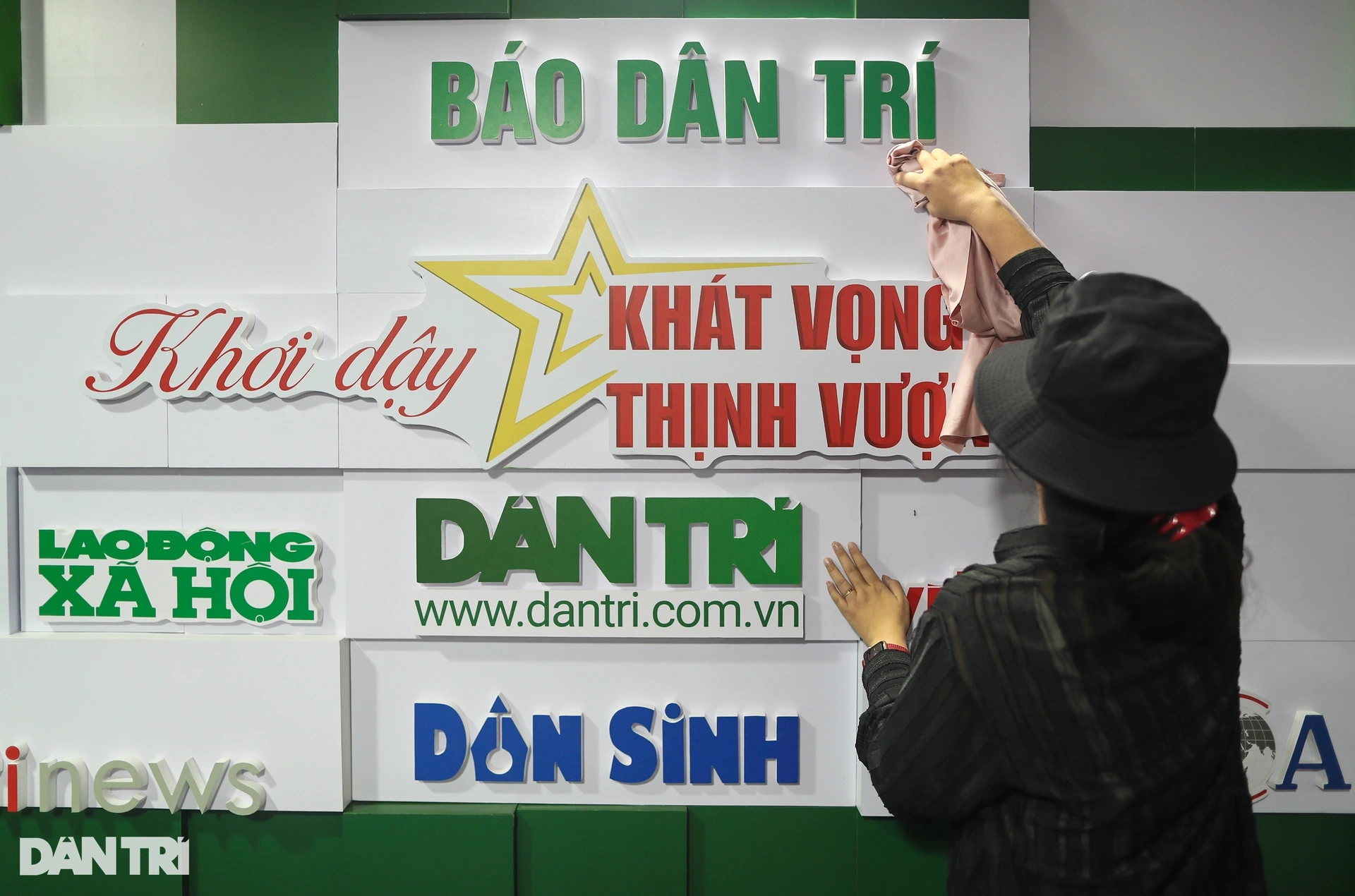
Dan Tri Newspaper is busy preparing for the 2024 National Press Festival (Photo: Hai Long).
"The governing body cannot just "let the newsrooms run their own business" but needs to change their mindset, accompany, support and orient them. The press needs to be seen as an important part of the organizational apparatus, not an independent unit operating in a pure market mechanism," he said.
In both Vietnam and the world, the press today is no longer able to compete in terms of information speed compared to social networks or digital platforms. This requires the press to adjust its role and shift to new functional groups, such as developing a content ecosystem. The press needs new capacities such as the capacity to produce in-depth content, the capacity to lead public opinion, and the capacity to effectively and responsibly commercialize information.
According to him, the press must become an intellectual platform - a place where information, knowledge and technology converge, capable of linking with educational services, open data resources... Not only a means of transmitting information, the press needs to take on social functions: Connecting, leading, and creating common spaces that unite the community. This change also poses urgent requirements for journalism training institutions.
The press needs to personalize content, analyze in depth, create specialized, in-depth and highly competitive information areas. The press also needs to understand who its audience is, especially Gen Z and Gen Alpha.
The press must save itself by making comprehensive changes, from space (to digital space), production force (application of digital technology), to production resources (digital human resources), and especially the production motivation - that is creativity. At the same time, in the process of innovation, the press must still preserve and promote the core values accumulated over more than 100 years of development of the Vietnamese revolutionary press, which are ideals, courage, humanity, sense of responsibility and integrity. That is the most powerful weapon of the press.
"In that context, the press needs to seek new opportunities in the digital space. Not only stopping at reflecting the current situation, the press must proactively propose solutions - aiming at the function of opening up and leading social development," he said.
Take advantage of science and technology to develop and increase revenue
Sharing with Dan Tri reporters about the context of the press and media facing fierce competition from social networking platforms, Associate Professor, Dr. Ha Huy Phuong, Senior Lecturer, Academy of Journalism and Communication, said that it is true that social networks today are both an opportunity and a huge challenge for mainstream journalism.
Faced with the rapid spread of information on social networks, especially unverified information, Dan Tri newspaper needs to affirm its leading role in providing reliable, in-depth and professional information. For sustainable development, Dan Tri newspaper should promote the following directions:
First, content quality is the number one priority. Information must be accurate, multi-dimensional, and have in-depth analysis. In particular, it is necessary to promote investigative articles, special reports, and policy criticism series - content that social networks find difficult to take seriously.
Second, focus on readers. Use interactive data tools to understand what readers are interested in and then target appropriate content.
Third, take advantage of digital platforms but do not depend on them. The editorial board of Dan Tri newspaper should build its own content ecosystem on websites, apps, video channels, etc., in parallel with distribution on social platforms. It is important to control user data and not rely entirely on Big Tech's algorithms.
Associate Professor, Dr. Ha Huy Phuong also suggested ways to utilize science and technology to develop and increase revenue for the newspaper.
In the digital age, the opportunity to increase revenue for the press is huge if we know how to make good use of digital tools. The Dan Tri Editorial Board can consider the following directions:
One is to apply artificial intelligence (AI) to personalize content according to user behavior. When readers are served more relevant content, the ability to retain, interact and convert into revenue (through advertising, value-added services) will be higher.
Second, increase the production of multimedia content such as podcasts, press videos, interactive graphics... to enhance user experience and exploit video advertising - a rapidly growing source of revenue.
Third, build a reasonable fee collection model (subscription or donation). With high-quality content lines, such as investigative series, education and health topics, Dan Tri Newspaper can absolutely experiment with paid content packages or crowdfunding.
Fourth, selectively exploit user data: through measurement tools, analyze access behavior, and then sell analysis packages to units with market research needs, with the condition of ensuring privacy and compliance with the law.
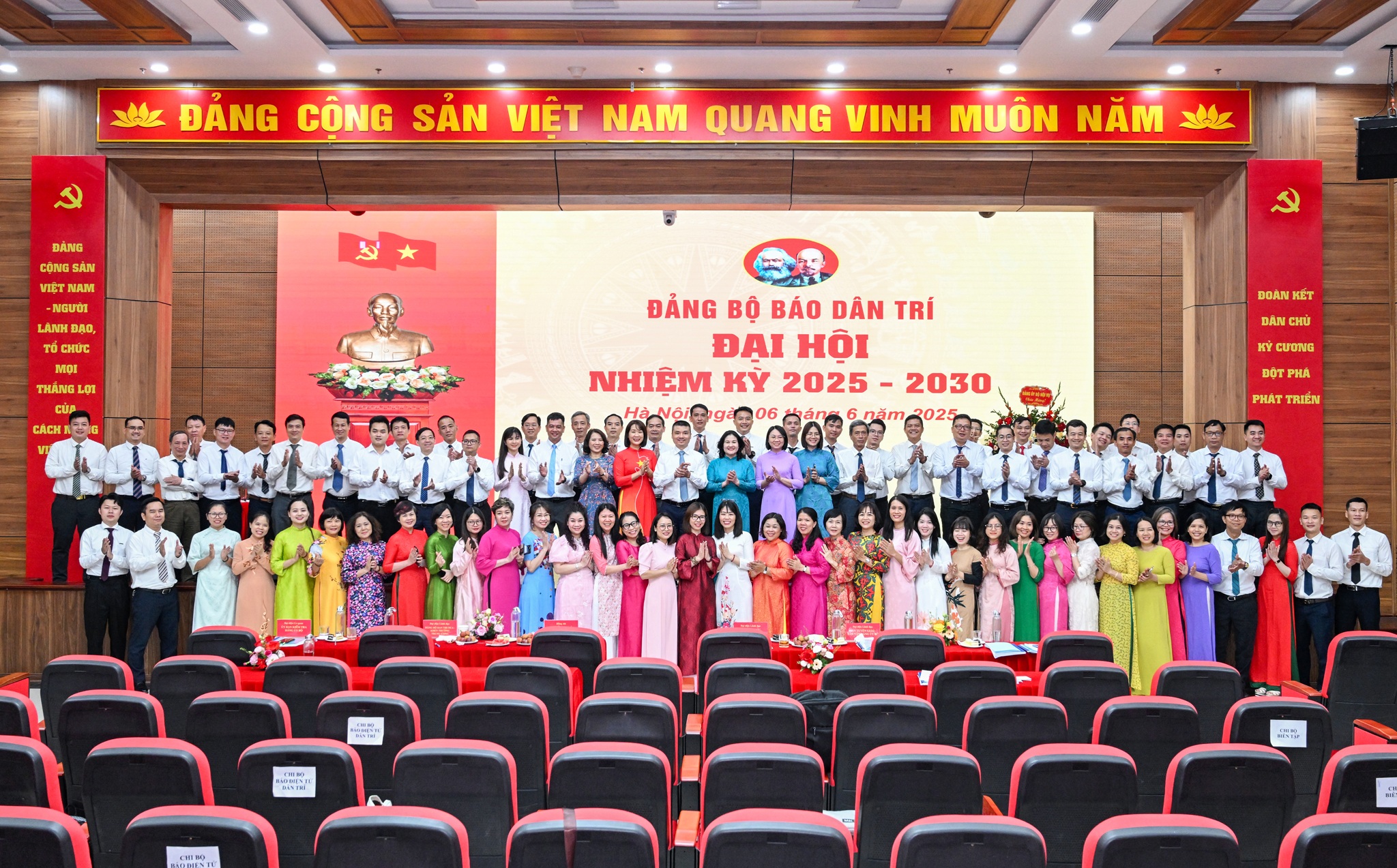
Delegates attending the first Dan Tri Newspaper Party Congress, term 2025-2030 (Photo: Manh Quan).
He also suggested some economic models of journalism that Dan Tri newspaper can learn, research and develop in the future.
One is the Membership Model: The Guardian (USA) has done it very successfully. It does not charge a direct fee to read the newspaper, but encourages readers to voluntarily contribute to the development of the press.
Second, the multi-industry press - platform - service organization model (Platform Media): The New York Times (USA) both publishes newspapers and sells books, courses, applications... creating a rich source of revenue. Dan Tri Newspaper can fully exploit the brand power in the fields of education, online skills training, educational consulting...
Third, focus on developing journalism - data - technology (Data - Driven Newsroom): Take advantage of big data to make more accurate journalism, while developing specialized journalism data products to serve businesses (real estate market, consumption, education...).
Fourth, the Content Partnerships model: The Editorial Board cooperates with social organizations, research institutes, and startups to co-produce content, both sharing costs and expanding the audience.
Mr. Phuong believes that Dan Tri newspaper needs to see the press not only as a “news messenger” in the traditional way of reporting, but also as an “information-technology-social platform” that plays an essential role in the community. The innovation of the press economic model is not only a challenge but also an opportunity to affirm the role of mainstream journalism in the digital age.
Source: https://dantri.com.vn/kinh-doanh/bao-chi-chuyen-minh-da-dang-hoa-nguon-thu-de-thich-ung-ky-nguyen-moi-20250611130651647.htm



![[Photo] Chu Dau Ceramics – Proud of Vietnamese identity at Exhibition A80](https://vphoto.vietnam.vn/thumb/1200x675/vietnam/resource/IMAGE/2025/9/1/c62ab2fc69664657b3f03bea2c59c90e)
![[Photo] General Secretary receives heads of political party delegations from countries attending the 80th anniversary of our country's National Day](https://vphoto.vietnam.vn/thumb/1200x675/vietnam/resource/IMAGE/2025/9/1/ad0cb56026294afcae85480562c2e790)
![[Photo] Celebration of the 65th Anniversary of the Establishment of Diplomatic Relations between Vietnam and Cuba](https://vphoto.vietnam.vn/thumb/1200x675/vietnam/resource/IMAGE/2025/9/1/0ed159f3f19344e497ab652956b15cca)
![[Photo] Solemn reception to celebrate the 80th anniversary of the National Day of the Socialist Republic of Vietnam](https://vphoto.vietnam.vn/thumb/1200x675/vietnam/resource/IMAGE/2025/9/1/e86d78396477453cbfab255db1e2bdb1)
![[Photo] National Assembly Chairman Tran Thanh Man receives Cambodian Senate President Hun Sen](https://vphoto.vietnam.vn/thumb/1200x675/vietnam/resource/IMAGE/2025/9/1/7a90c9b1c1484321bbb0fadceef6559b)
![[Photo] People eagerly wait all night for the parade on the morning of September 2](https://vphoto.vietnam.vn/thumb/1200x675/vietnam/resource/IMAGE/2025/9/1/0cf8423e8a4e454094f0bace35c9a392)
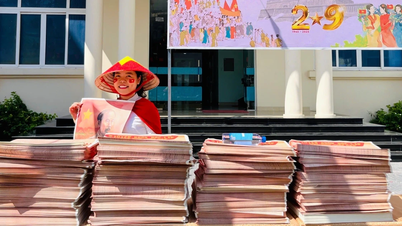

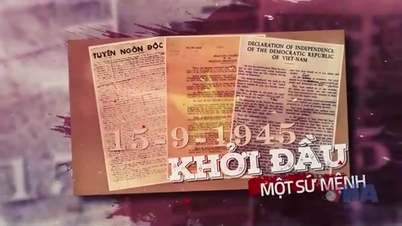



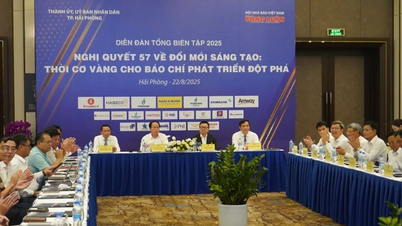







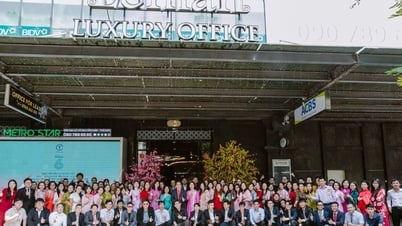




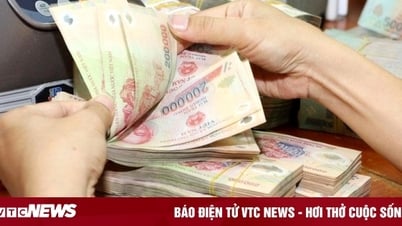
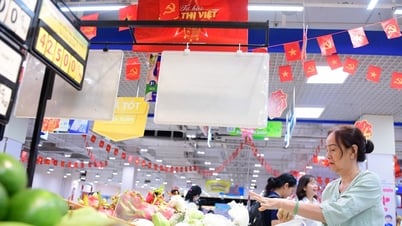


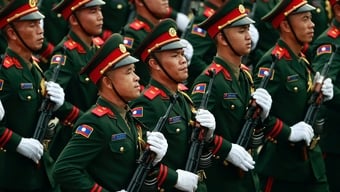







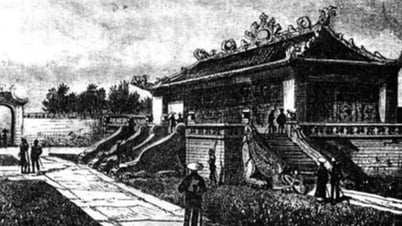

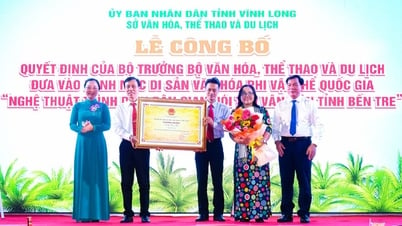

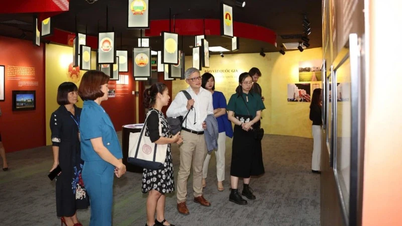


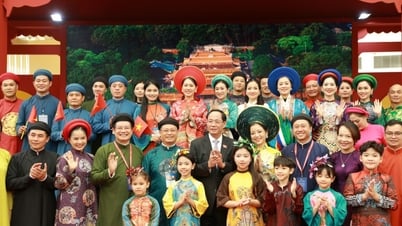



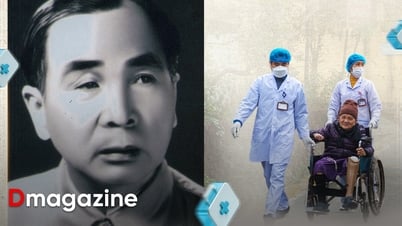
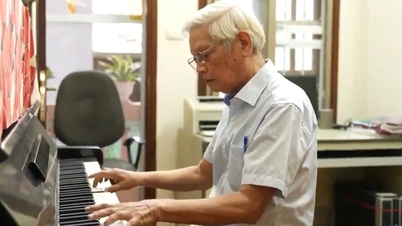
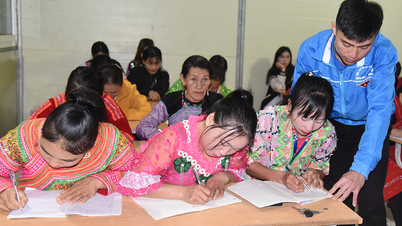



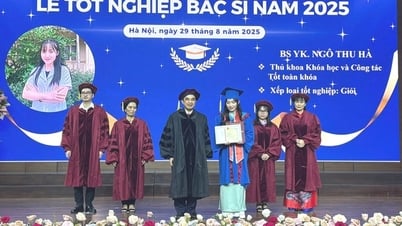


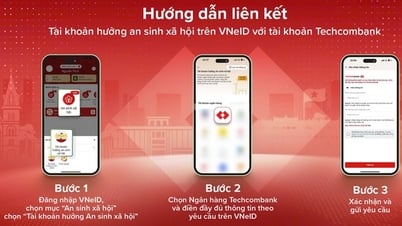


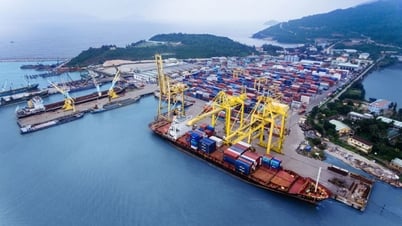
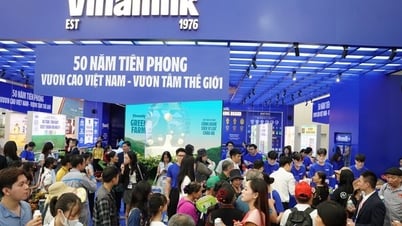
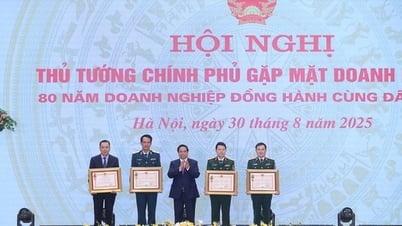

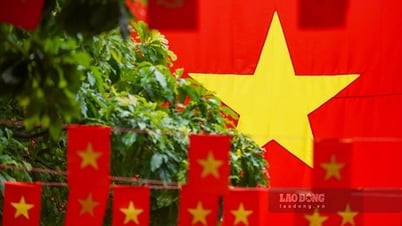

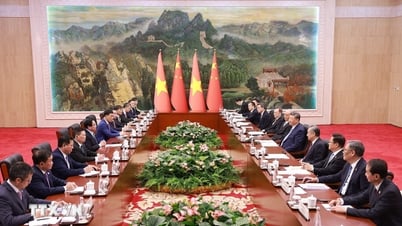
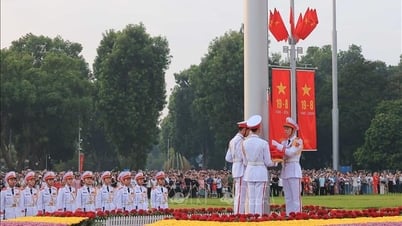



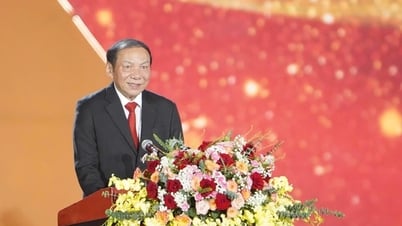

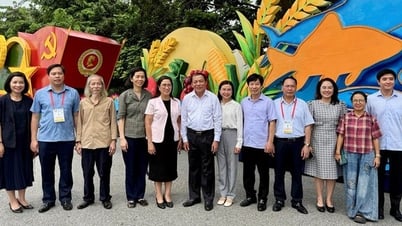
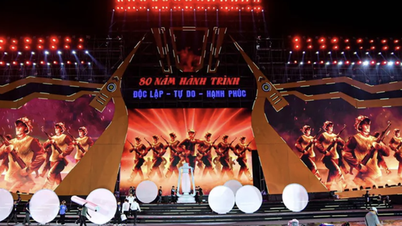

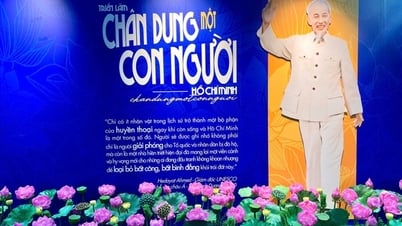












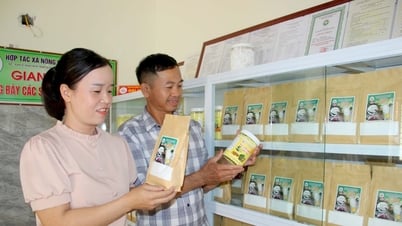
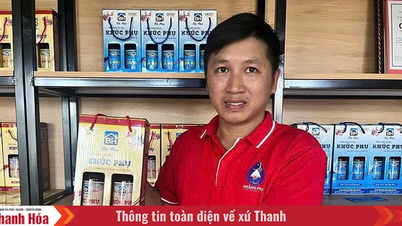

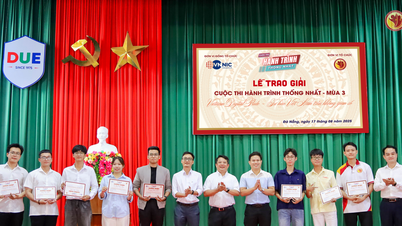








Comment (0)